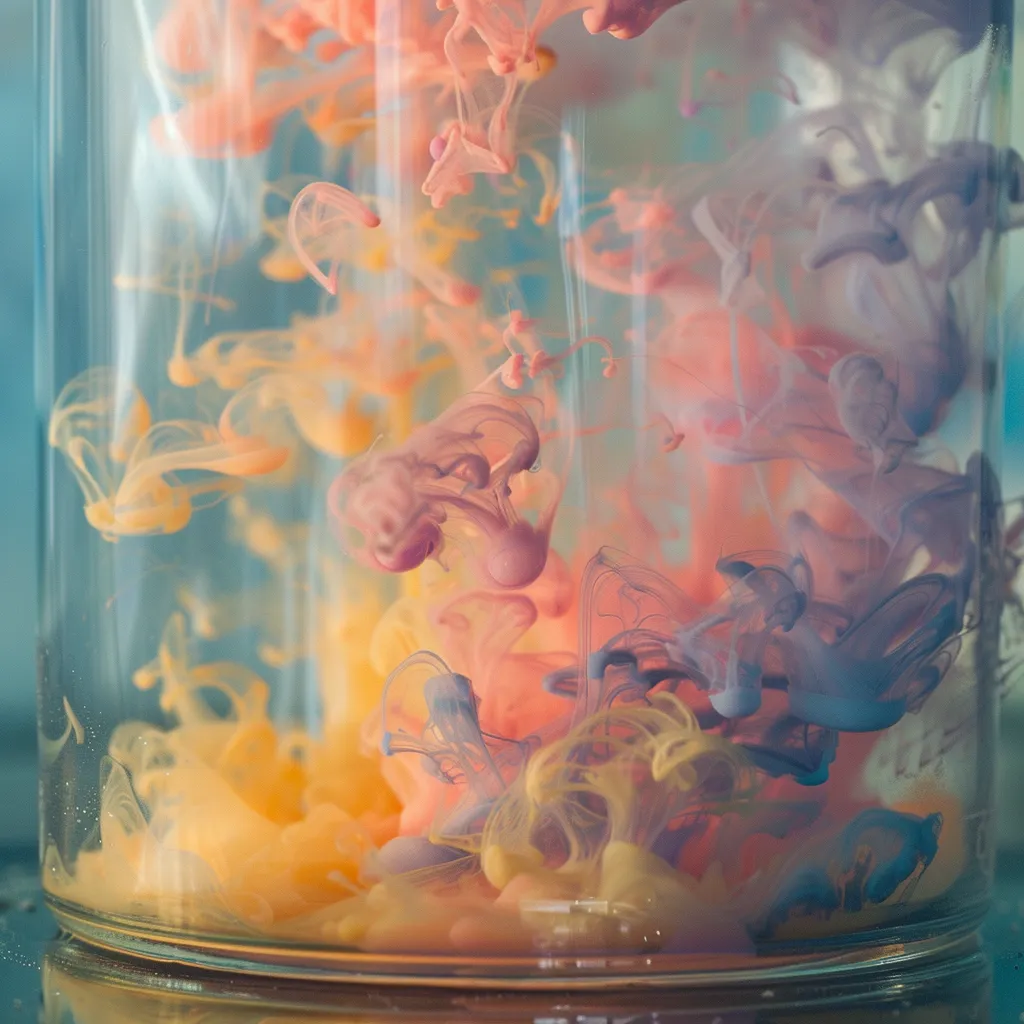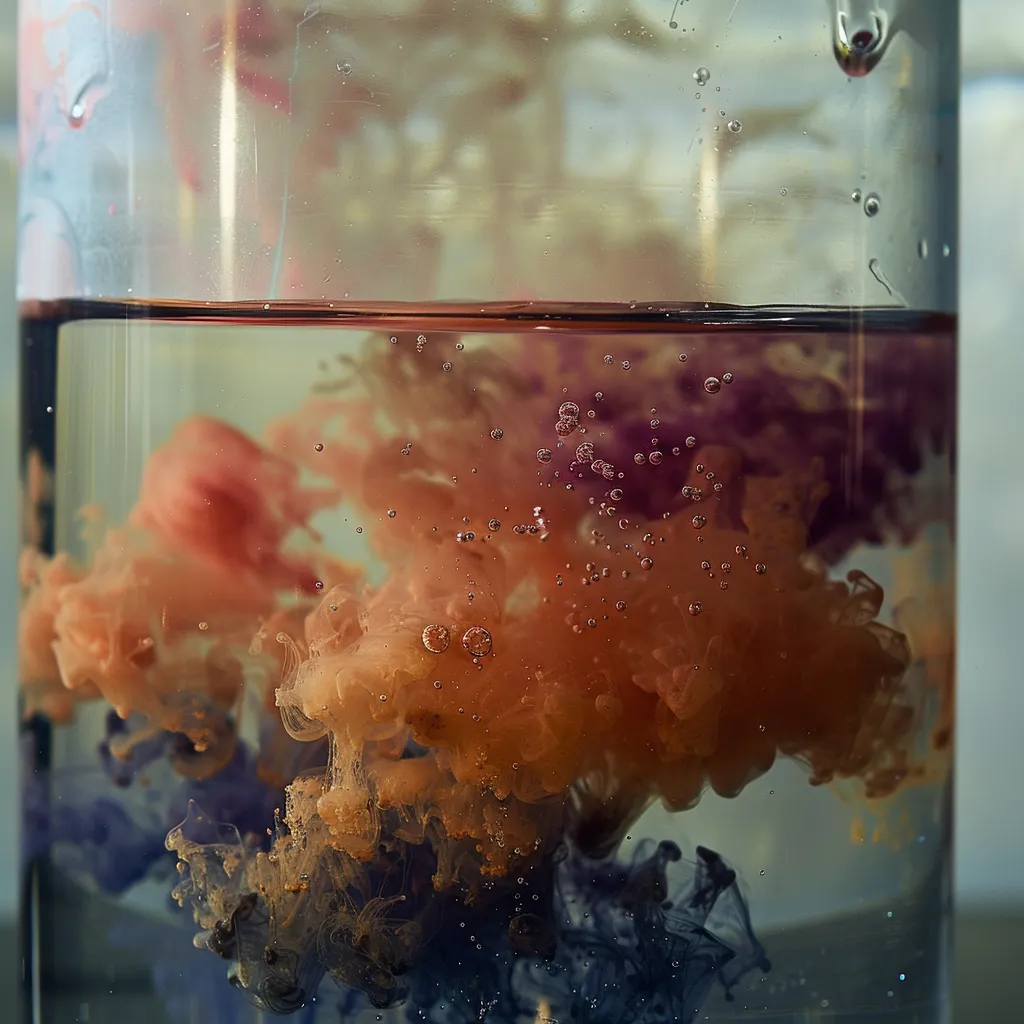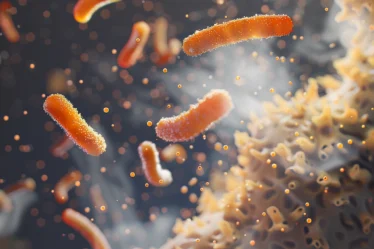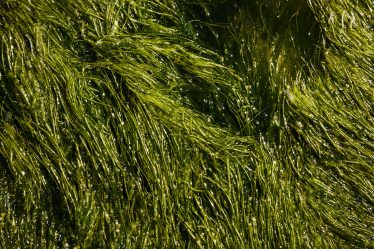
Diffusion is the movement of molecules from areas of higher concentration to areas of lower concentration, and it occurs in gases, liquids, and solids.
Diffusion is essential in chemistry, allowing substances to spread out evenly without the need for energy. In biological systems, it enables crucial processes such as gas exchange in cells.
Since it is a passive process, it happens naturally and does not require additional energy input.
Diffusion and Passive Transport: Quick Summary
Do you just need the basics? Here’s a simple explanation of what is diffusion:
🟠 Diffusion is the movement of molecules from areas of higher concentration to lower concentration without using energy.
🟠 Passive transport occurs when substances move across cell membranes along their concentration gradient without requiring energy input.
🟠 Concentration gradients drive diffusion, with molecules naturally moving from regions of higher concentration to lower concentration.
🟠 Facilitated diffusion uses proteins to help larger or charged molecules cross the cell membrane, still without energy.
If you find the concentration gradient and facilitated diffusion challenging, don’t worry! Personalized tutoring or interactive chemistry lessons make these concepts more straightforward. Explore more chemistry topics and broaden your knowledge with our free World of Chemistry blogs.
What is Diffusion? Key Concepts Explained
Diffusion occurs when molecules move from areas of high concentration to low concentration, driven by random motion. It’s a fundamental process in all states of matter, allowing substances to spread evenly.
Diffusion is important in both chemical reactions and biological systems, where it occurs naturally without requiring energy.
Definition of Diffusion
Diffusion refers to the passive movement of molecules from a region where they are more concentrated to one where they are less concentrated. This movement continues until the molecules are evenly distributed and reach equilibrium.
Diffusion occurs in gases, liquids, and even solids, although the process happens fastest in gases due to the free movement of particles.
Difference Between Diffusion, Active Transport and Osmosis
Unlike active transport, which uses energy to move molecules against a concentration gradient, diffusion occurs naturally without energy input.
Osmosis, a specific type of diffusion, involves only water molecules moving through a semipermeable membrane.
In diffusion, any type of molecule can spread out, making it applicable to many chemical and biological processes.
Fick’s Law of Diffusion: Calculating Molecular Movement
Fick’s laws describe how molecules move based on concentration differences. These laws provide a way to calculate diffusion rates, which are important in chemistry and biology. Using simple formulas, you can predict how fast substances will spread in different conditions, from gases to liquids and solids.
Fick’s First Law
Fick’s First Law describes how molecules naturally move from areas of high concentration to areas of low concentration, a process called diffusion. The rate of this movement depends on the concentration difference, or gradient, between the two areas. The greater the difference, the faster the molecules will move.
The formula for Fick’s First Law is:
$ J = -D \frac{dC}{dx} $
In this formula, $J$ represents the diffusion flux, which is the amount of substance that moves through a unit area in a given time. $D$ is the diffusion coefficient, a constant that depends on the substance and the medium it moves through. $\frac{dC}{dx}$ is the concentration gradient, showing how the concentration changes from one place to another.
Essentially, this law explains that the bigger the difference in concentration, the faster the diffusion will happen.
Fick’s Second Law
Fick’s Second Law builds on the first law by explaining how diffusion affects the concentration of a substance over time. While the first law talks about the rate at a single moment, the second law shows how diffusion causes concentration to change in a region as time passes.
The formula for Fick’s Second Law is:
$ \frac{\partial C}{\partial t} = D \frac{\partial^2 C}{\partial x^2} $
Here, $D$ is the diffusion coefficient, $\frac{\partial C}{\partial t}$ represents the change in concentration over time, while $\frac{\partial^2 C}{\partial x^2}$ represents how the concentration gradient changes with distance.
This law is useful when you want to know how quickly a substance will spread out in a space over time.
In chemistry, we use Fick’s laws to calculate how gases, such as oxygen, diffuse into a room. Another example is how sugar dissolves in water—the rate at which it spreads depends on the concentration gradient and other factors like temperature.
Brownian Motion: The Random Movement That Drives Diffusion
Brownian motion refers to the unpredictable, random movement of particles suspended in a fluid, such as a gas or liquid. These particles constantly collide with the surrounding molecules, causing them to move in all directions. Brownian motion helps drive diffusion by allowing particles to spread from areas of high concentration to low concentration.
What is Brownian Motion
Brownian motion is the random movement of small particles that occurs when they collide with fast-moving molecules in a fluid. These collisions cause the particles to move in different directions without any set pattern.
The smaller the particle, the more noticeable the effect of Brownian motion. Robert Brown first observed this in 1827 when he noticed that pollen grains suspended in water moved in a jerky, random way under a microscope.
Brownian Motion and Diffusion
Brownian motion causes particles to move randomly, which helps them spread out over time. As particles collide and change direction, they move from areas of higher concentration to areas of lower concentration.
For example, when you add a drop of ink to water, the water molecules bump into the ink particles, helping them spread throughout the liquid without stirring.
Membrane Transport: Diffusion in Cells
Diffusion allows molecules to move across cell membranes, maintaining essential exchanges in cells. While small molecules pass directly through membranes, larger ones need assistance.
Passive and facilitated diffusion ensure the movement of important substances like gases and nutrients without energy use, keeping the cell environment balanced.
Passive Transport: Diffusion Without Energy
Passive diffusion happens when molecules move from areas of higher concentration to lower concentration without energy input. This type of transport keeps gases like oxygen and carbon dioxide moving in and out of cells.
For example, oxygen moves from the lungs into the bloodstream, while carbon dioxide moves in the opposite direction. These movements follow natural concentration gradients, requiring no energy from the cell.
Facilitated Diffusion: Helping Molecules Cross the Membrane
Some molecules, such as glucose and ions, need help to cross the cell membrane. Facilitated diffusion uses proteins embedded in the membrane to move these molecules along their concentration gradient.
Glucose, too large to pass on its own, binds to carrier proteins that help transport it into the cell. Similarly, ion channels allow charged particles like sodium and potassium to move across.
Even though facilitated diffusion involves proteins, it doesn’t use energy since molecules move naturally from high to low concentration.
Diffusion and the Concentration Gradient
A concentration gradient refers to the difference in concentration between two regions. Diffusion happens because molecules naturally move from areas of high concentration to areas of low concentration. This movement continues until the concentrations balance out, driven entirely by the gradient without needing extra energy.
Concentration Gradient Powers Diffusion
A concentration gradient forms when a higher concentration of molecules exists in one area than another. Molecules move down this gradient from the area of higher concentration to the area of lower concentration. This movement continues until the molecules spread out evenly and reach equilibrium, where the concentrations become the same.
The rate at which diffusion occurs depends on the size of the concentration gradient. A larger gradient causes faster diffusion. For example, if you add salt to one side of a glass of water, the salt molecules will move from the concentrated side to the less concentrated side. Over time, the salt spreads evenly throughout the water.
Molecules always move from high to low concentration in diffusion. This process doesn’t require energy, and it’s a fundamental way that substances move in chemical reactions and biological systems.
Factors That Affect the Rate of Diffusion
Several factors influence how quickly diffusion occurs. These include temperature, the concentration gradient, surface area, and the distance molecules must travel. These factors can speed up or slow diffusion, affecting how substances move in chemical and biological systems.
Factors That Influence Diffusion Speed
1. Temperature
Higher temperatures increase the speed of diffusion. When molecules are heated, they gain energy and move faster, which speeds up the rate at which they spread from high to low concentration.
2. Concentration Gradient
The greater the difference in concentration between two areas, the faster the diffusion. A steep concentration gradient means molecules will move quickly to balance the concentrations.
3. Surface Area
The larger the surface area where diffusion occurs, the faster the process. More molecules can pass through a larger area at once, making diffusion more efficient. For example, cells with more membrane surface area allow for faster diffusion of oxygen and nutrients.
4. Distance
Shorter distances allow molecules to diffuse more quickly. If the molecules have to travel farther, the diffusion process will be slower. This is why cells are small—the shorter the distance, the faster they can exchange substances with their surroundings.
Table: Factors Influencing Diffusion
| Factor | Effect on Diffusion |
| Temperature | Higher temperature increases diffusion speed |
| Concentration Gradient | Larger gradient causes faster diffusion |
| Surface Area | Larger surface area speeds up diffusion |
| Distance | Shorter distance makes diffusion quicker |
Diffusion vs. Osmosis and Active Transport
Diffusion, osmosis, and active transport are all ways substances move across cell membranes. Each process has distinct characteristics.
While diffusion and osmosis are passive and require no energy, active transport needs energy to move molecules against a concentration gradient.
Table: Comparing Diffusion, Osmosis and Active Transport
| Process | Energy Required | Direction of Movement | Molecules Involved | Membrane Requirement |
| Diffusion | No | High to low concentration | Gases (e.g., O₂, CO₂), small molecules | No specific membrane needed |
| Osmosis | No | High water concentration to low water concentration | Water molecules | Requires a semipermeable membrane |
| Active Transport | Yes (ATP required) | Low to high concentration (against gradient) | Ions (e.g., Na⁺, K⁺), large molecules | Requires specific membrane proteins |
Diffusion moves molecules passively down a concentration gradient, while osmosis is a type of diffusion that specifically involves water moving across a semipermeable membrane. Active transport, however, moves molecules against the concentration gradient and requires energy in the form of ATP.
Advance Your Knowledge of Diffusion
Are you unsure how to differentiate between diffusion, osmosis, and the movement of ions in cells? A qualified chemistry instructor can explain complex topics in a way that makes sense to you, making organic and inorganic chemistry understandable and enjoyable.
Search for a tutor using phrases like “organic chemistry tutor Liverpool” or “inorganic chemistry teacher Edinburgh” on platforms like meet’n’learn. You’ll find someone who can tailor lessons to your needs.
If you prefer learning in a group, search for “chemistry classes Leeds” or “chemistry lessons London” online. The search will lead you to chemistry tutoring nearby.
What is Diffusion: Frequently Asked Questions
1. What is diffusion in simple terms?
Diffusion is the movement of molecules from an area of higher concentration to an area of lower concentration, driven by their random motion.
2. How does diffusion differ from osmosis?
Diffusion involves the movement of any molecules, while osmosis specifically refers to the movement of water across a semipermeable membrane.
3. Does diffusion require energy?
No, diffusion is a passive process that occurs without energy input.
4. What role does the concentration gradient play in diffusion?
The concentration gradient drives diffusion by causing molecules to move from areas of high concentration to areas of low concentration.
5. How does temperature affect the rate of diffusion?
Higher temperatures increase the rate of diffusion because molecules move faster when they have more energy.
6. What is facilitated diffusion?
Facilitated diffusion is when specific proteins help large or charged molecules move across the cell membrane without energy.
7. Can diffusion happen in solids?
Yes, but diffusion in solids is very slow because molecules are tightly packed and cannot move freely like in liquids or gases.
8. How does diffusion occur in the human body?
Diffusion allows oxygen to move from the lungs into the bloodstream and carbon dioxide from the blood into the lungs for exhalation.
References:
1. ThoughtCo
2. Britannica
3. Wikipedia



